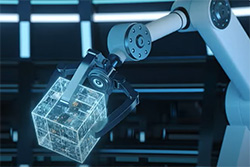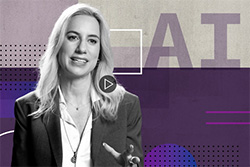Outdated or Unsupported Browser Detected
DWD's website uses the latest technology. This makes our site faster and easier to use across all devices. Unfortunatley, your browser is out of date and is not supported. An update is not required, but it is strongly recommended to improve your browsing experience. To update Internet Explorer to Microsoft Edge visit their website.
DWD Secretary, Amy Pechacek joins the discussion at the Governor's Task Force on Broadband Access meeting on Feb. 19, 2025.
View the entire Governor's Task Force on Broadband Access 2/19/2025 Meeting

David Kiron, Elizabeth J. Altman, and Christoph Riedl
Brookings Institution
April 13, 2023
Companies increasingly rely on an extended workforce (e.g., contractors, gig workers, professional service firms, complementor organizations, and technologies such as algorithmic management and artificial intelligence) to achieve strategic goals and objectives. When leaders are asked to describe how they define their workforce today, they mention a diverse array of participants, beyond just full- and part-time employees, all contributing in various ways.
Read the complete "Workforce ecosystems and AI" whitepaper

TechtonicShift
New technology can be scary. This video explores the 5th industrial revolution powered by AI and automation. How will it impact jobs?
The rise of ChatGPT signals rapid advancement in AI, leading many to worry about job loss. But history shows technology creates new jobs too. This video explains concepts like the Lump of Labor fallacy and Jevons Paradox.
Watch the "What History Tells Us About The AI Revolution" video on YouTube

LinkedIn Learning
Generative AI is changing how people create. (light music) For the first time, humans are supervising and machines are generating. It's helping lift the dirty, dull, dangerous, and difficult tasks from humanity's shoulders so that people can simply focus on the very essence of work, the vision, the idea, and the purpose. It's a complete paradigm shift for the future of jobs.
Watch the "Generative AI is a tool in service of humanity" video on LinkedIn